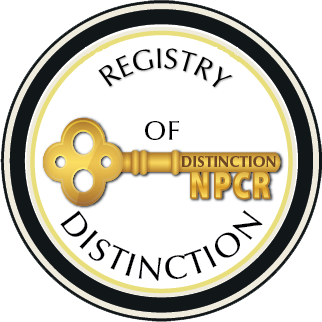How to Request CHAS Data

If you have any questions please contact the CHAS Principle Investigator:
Harley Davis, MSPH, PhD
davisph@dph.sc.gov

If you have any questions please contact the CHAS Principle Investigator:
Harley Davis, MSPH, PhD
davisph@dph.sc.gov
The BRFSS survey is composed of three main sections:
All states must ask the core component questions without modification.
States may choose to add any, all, or none of the optional modules and state-added questions after asking the core component questions.
Nearly year-round, the South Carolina Department of Public Health (DPH) participates in the Behavioral Risk Factor Surveillance System (BRFSS) — the world's largest continuously conducted health survey system in the world. The BRFSS is a random telephone survey of non-institutionalized individuals aged 18 or older that is used to track health risks, behaviors and preventative health practices in the United States.

The Children's Health Assessment Survey (CHAS) is the first survey of its kind in South Carolina to measure the health characteristics of children, ages 0 through 17.
Updated: Nov. 20, 2025


The South Carolina Central Cancer Reg